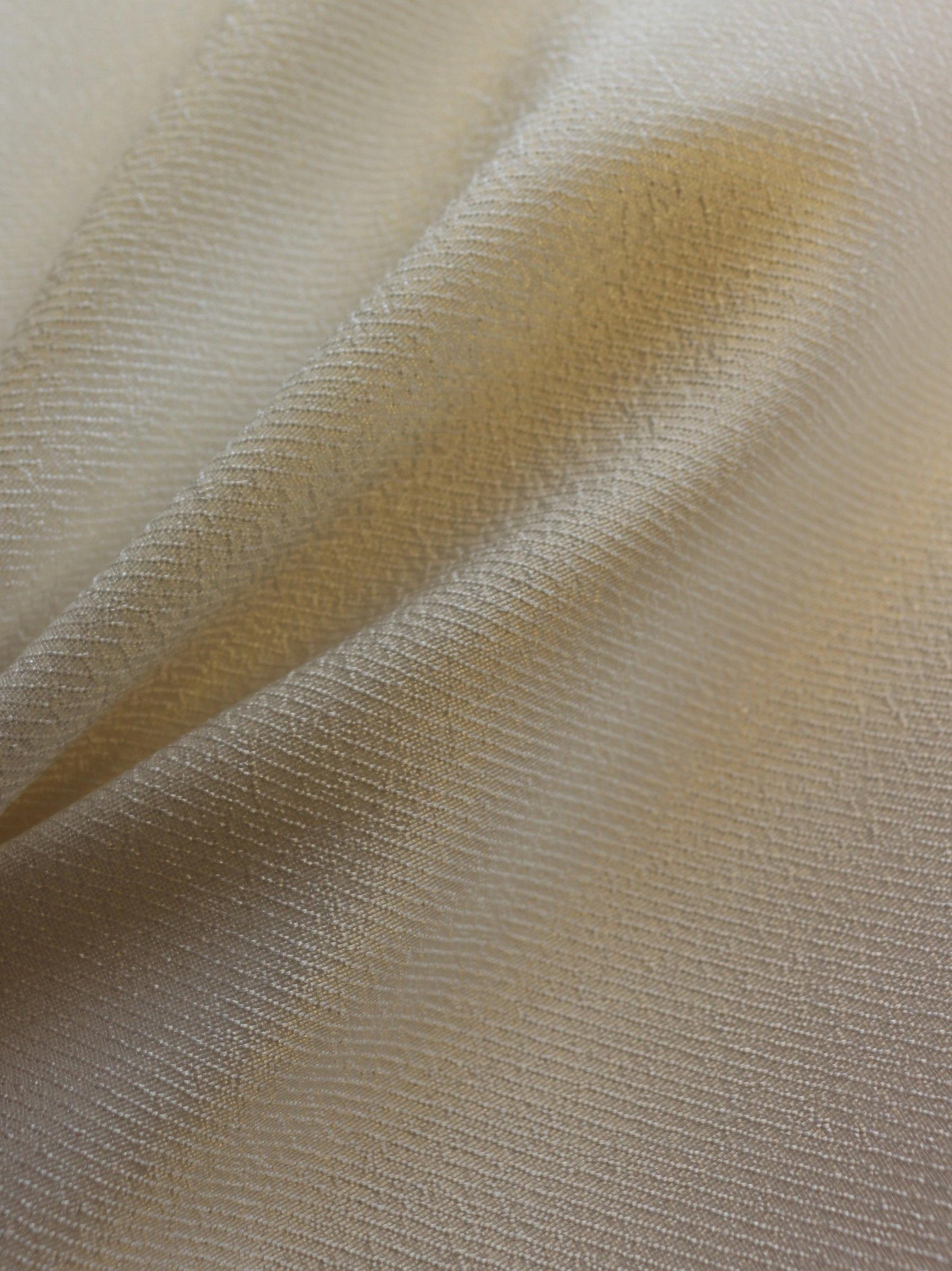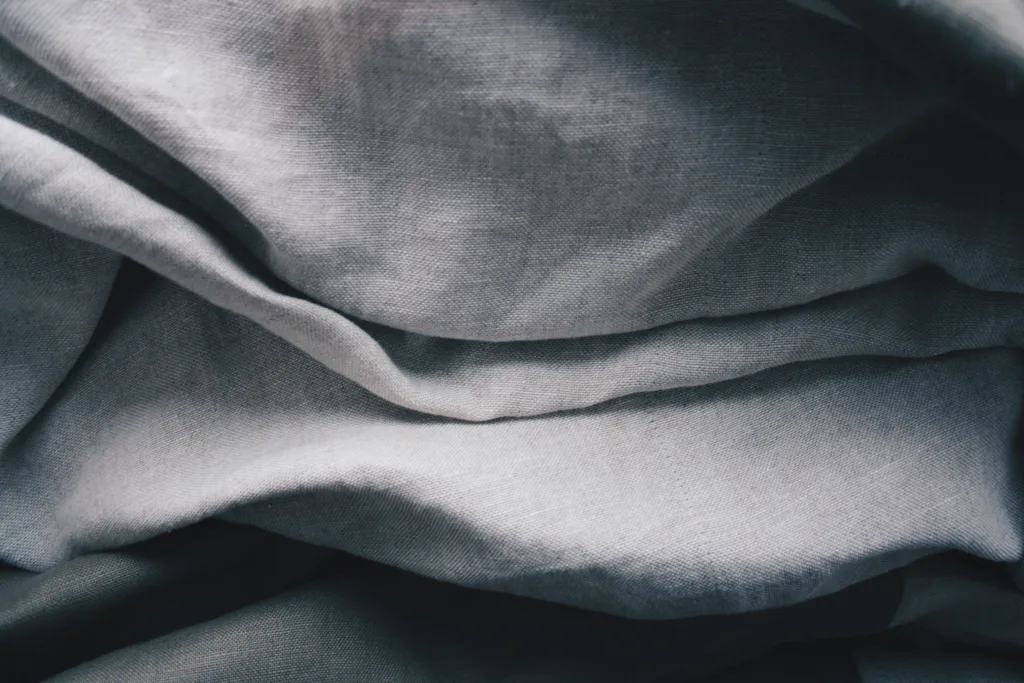Viscose fabric is known for its softness and draping quality. It is a popular choice for clothing items such as dresses, skirts, and blouses. However, one question that often arises when it comes to viscose fabric is wheter it is stretchy or not.
The answer to this question is not a straightforward one. Viscose fabric can have some stretch, but it is not as stretchy as other fabrics like spandex or elastane. The stretch in viscose fabric depends on the blend of fibers used in its production.
Viscose fabric is made from plant fibers, usually from wood pulp. It is then chemically treated to create a soft and silky fabric. The process of creating viscose fabric can result in different types of fibers, including rayon, modal, and lyocell. These fibers can have varying degrees of stretch.
Rayon, which is a type of viscose, can have some stretch. However, it is not as stretchy as other fabrics like spandex. Modal, another type of viscose, can also have some stretch, but it is not as stretchy as elastane. Lyocell, on the other hand, is not known for its stretch.
When it comes to clothing made from viscose fabric, the amount of stretch can vary depending on the cut and design of the garment. For example, a dress made from viscose fabric may have some stretch if it has a fitted or stretchy waistband. However, a loose and flowing dress may not have as much stretch.
It is important to note that viscose fabric can lose its shape and stretch over time, especially if it is washed or dried improperly. To maintain the stretch in viscose fabric, it should be washed in cold water and hung to dry. It should not be put in the dryer, as this can cause the fabric to shrink and lose its stretch.
Viscose fabric can have some stretch, but it is not as stretchy as other fabrics like spandex or elastane. The amount of stretch in viscose fabric depends on the blend of fibers used in its production and the cut and design of the garment. To maintain the stretch in viscose fabric, it should be washed and dried properly.
What Are The Disadvantages Of Viscose?
Viscose, despite its many advantages, does have some disadvantages. Here are some of the main disadvantages of viscose:
– Shrinking: When washed in hot water, viscose can shrink. This can be a problem if you’re not careful when washing your viscose garments.
– Wrinkling: Viscose is also prone to wrinkling, which means that you’ll need to iron or steam your garments regularly to keep them loking their best.
– Fading and deterioration: When exposed to heat and light, viscose fabrics can fade and deteriorate. This can be a problem if you’re using viscose for items that will be exposed to sunlight or high temperatures.
– Mildew: Viscose is also prone to mildew, which means that you’ll need to be careful to keep your viscose garments dry and clean to prevent mildew from forming.
– Weakness when wet: When viscose gets wet, its fibers become weak, which means that it can be damaged easily if it gets wet or damp.
While viscose has many advantages, it is important to be aware of its disadvantages so that you can take proper care of your viscose garments and ensure that they last as long as possible.

What Does Viscose Fabric Feel Like?
Viscose fabric, also knon as rayon, is a semi-synthetic fabric that is made from cellulose fibers. The texture of viscose fabric is soft and smooth to the touch, which makes it a popular choice for clothing and bedding. Unlike cotton, viscose has a slightly silky feel to it, which gives it a luxurious look and feel. It is a lightweight fabric that drapes well and has a subtle sheen to it. Viscose fabric is also breathable and moisture-absorbent, which makes it a comfortable choice for warm weather clothing. It is important to note that viscose fabric can be prone to shrinkage, so it is important to follow the care instructions carefully. viscose fabric feels soft, smooth, and silky, making it a popular choice for a variety of clothing and bedding items.
Is Viscose Material Body Hugging?
Viscose material is not inherently body-hugging, as it does not have a significant amount of stretch. However, the way a garment made from viscose fits on the body will depend on its cut, construction, and sizing. If a viscose dress or top is cut to be form-fitting or has a stretchy component like elastane, it may hug the body more closely. On the othr hand, if the garment is cut to be loose or flowy, it will likely drape more gently over the body. It’s also worth noting that viscose fabric can be lightweight and breathable, making it a popular choice for summer clothing that is comfortable to wear in hot weather.
Is Viscose A Good Quality Fabric?
Viscose is considered a good quality fabric due to its durability and affordability. It is made from natural materials such as wood pulp or cotton linters, which are processed to create a soft and comfortable fabric. Viscose fabric is known for its rich colors, draping ability, and softness to the touch. It is also breathable, making it a popular choice for summer clothing. However, it is important to note that viscose fabric is prone to wrinkling and requires proper care to maintain its quality. viscose is a good choice for those looking for a versatile and affordable fabric option.

Conclusion
Viscose fabric is not stretchy and does not have much elasticity. While it drapes well and has a soft feel, it will not hug the body tightly and is best suited for loose-fitting garments. It is important to note that viscose can shrink when washed in hot water and is prone to wrinkling and fading when exposed to heat and light. However, with proper care, viscose clothing can last for a long time and provide a durable and affordable option for those looking for richly colored and breathable fabrics.
